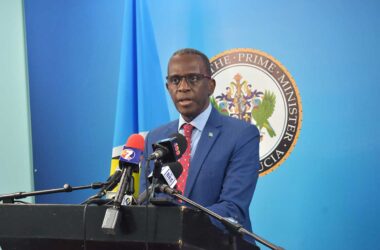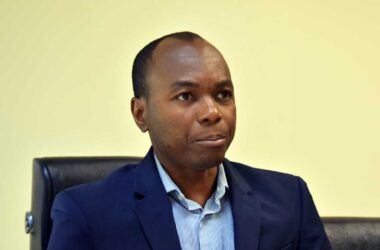
I want to thank everyone for their commendations and critic of the Independent Model. For those of you who did not read last week’s article, here is the outline of the Independent Model:
1. All candidates in a general election run on an independent ticket; 2. No parliamentary representative will be made a minister of government; 3. All ministers are appointed from the public service; 4. Parliamentary representatives become the head of local government in his or her constituency, attending to the needs of their respective constituencies; 5. The option of recall, should constituents be dissatisfied with representation; 6. The prime minister is elected. He or she is voted in by the entire nation and is not a parliamentary representative; 7. The upper house or senate is done away with and replaced with a council of ministers; 8. The Governor General is replaced by a president, whose role is more ceremonial.
As I have always said the independent model is not yet etched in stone, but it will be soon. Market research is so important for successful product implementation. The one thing you have to safeguard against in change management is ensuring that whatever it is that you are changing to is better than what was there before. In system change you sure do not want to create a catastrophe.
I especially welcomed the contribution of Amatus Edward whose feedback was very substantive and comprehensive and while I do not agree with all his take on the prongs of the model, allow me to provide some feedback in this article.
The fundamental pillar of the Independent Model is that all candidates contest the general elections on an independent ticket and Mr Edwards sees this as contributing to the maintenance of law and order and a peaceful society.
Mr Edwards also agrees with the separation of ministers and parliamentary representatives.
Mr Edwards though is of the persuasion that the salaries for a parliamentary representative should be increased, a point we will tackle, subsequently in another article.
Mr Edwards had some issues with where we source ministers from under this mode. We will discuss in later articles. What I like about his contribution under prong Number 3 was his alignment of ministries. He is of the thinking that we do not need as many as 12 or so ministries. He designates 6 ministry alignment which I love. We can see how that will positively affect the bottom-line.
Where Mr Edwards and I part is on the election of the prime minister by the entire nation. Mr Edward is of the belief that “those who are in the know should rule”. He does not think that we as a people have the intellectual aptitude to make such a decision. The independent model is based on a bottom up approach to decision making. Of the people, For the people, By the people,! If we are unable to do that then this system has drastically failed us.
Under his contribution to prong Number 7, I think there was some misunderstanding and some clarification is needed. The naming is not as critical as much as the function and operation.
Call it a senate or council of ministers, the parliament is indeed one, under the model.. We do not want to complicate it by adding too many layers as Mr Edwads has suggested.
We are in agreement on prong Number 8. Thanks again Amatus and I look forward to more contributions. You can view more of Amatus’ contribution in his Facebook document, Response to the Independent Model. Readers may contact me at independentlyyours@live.com.














